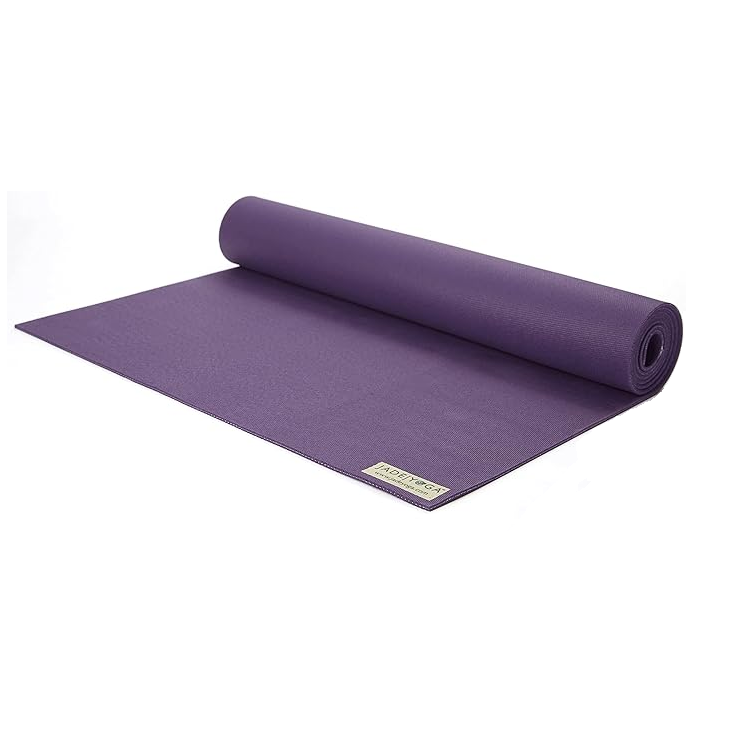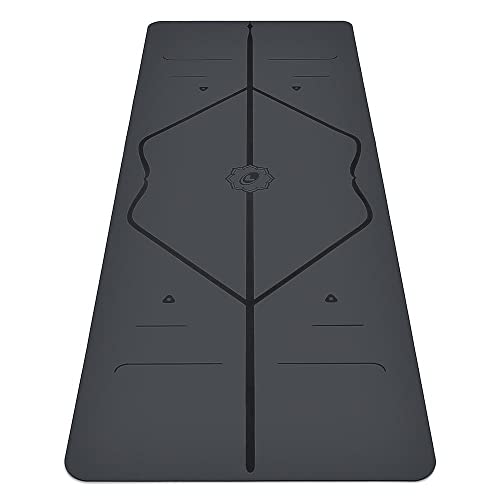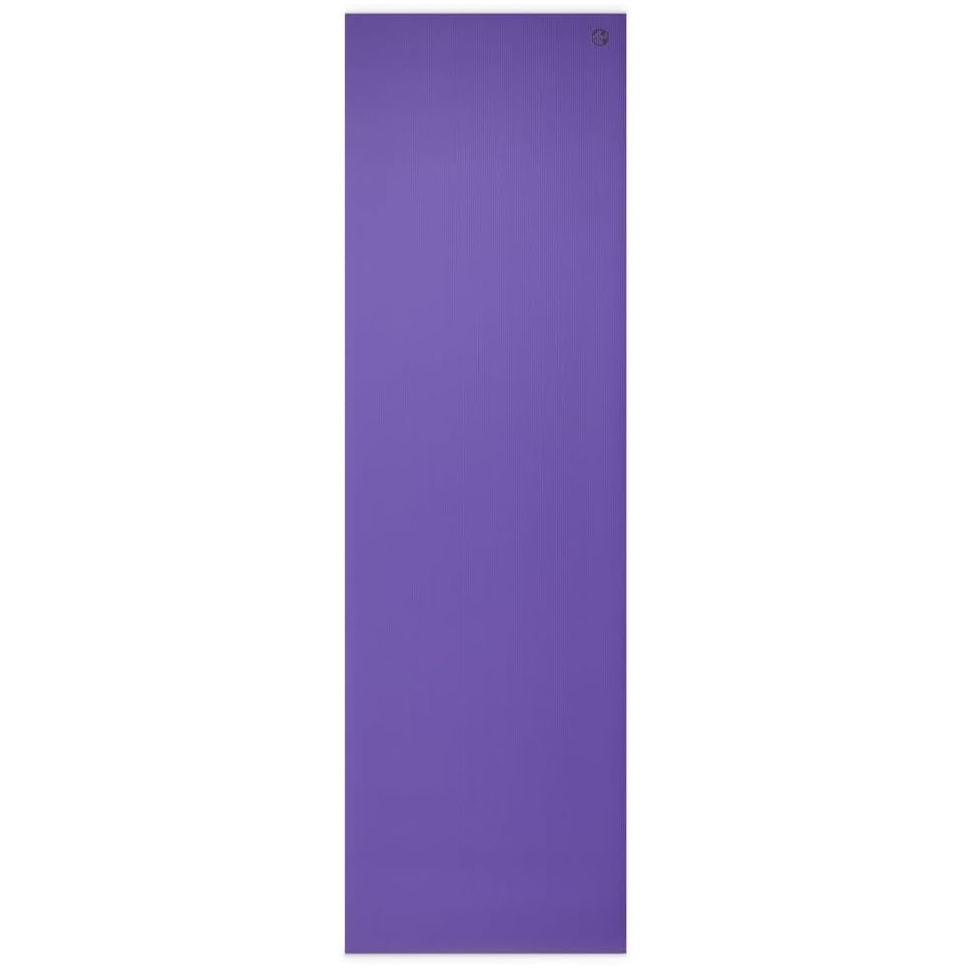"This is a lifesaver for those slouching over laptops"—a yoga instructor shares five moves that will boost your posture
Relieve tension with this simple flow
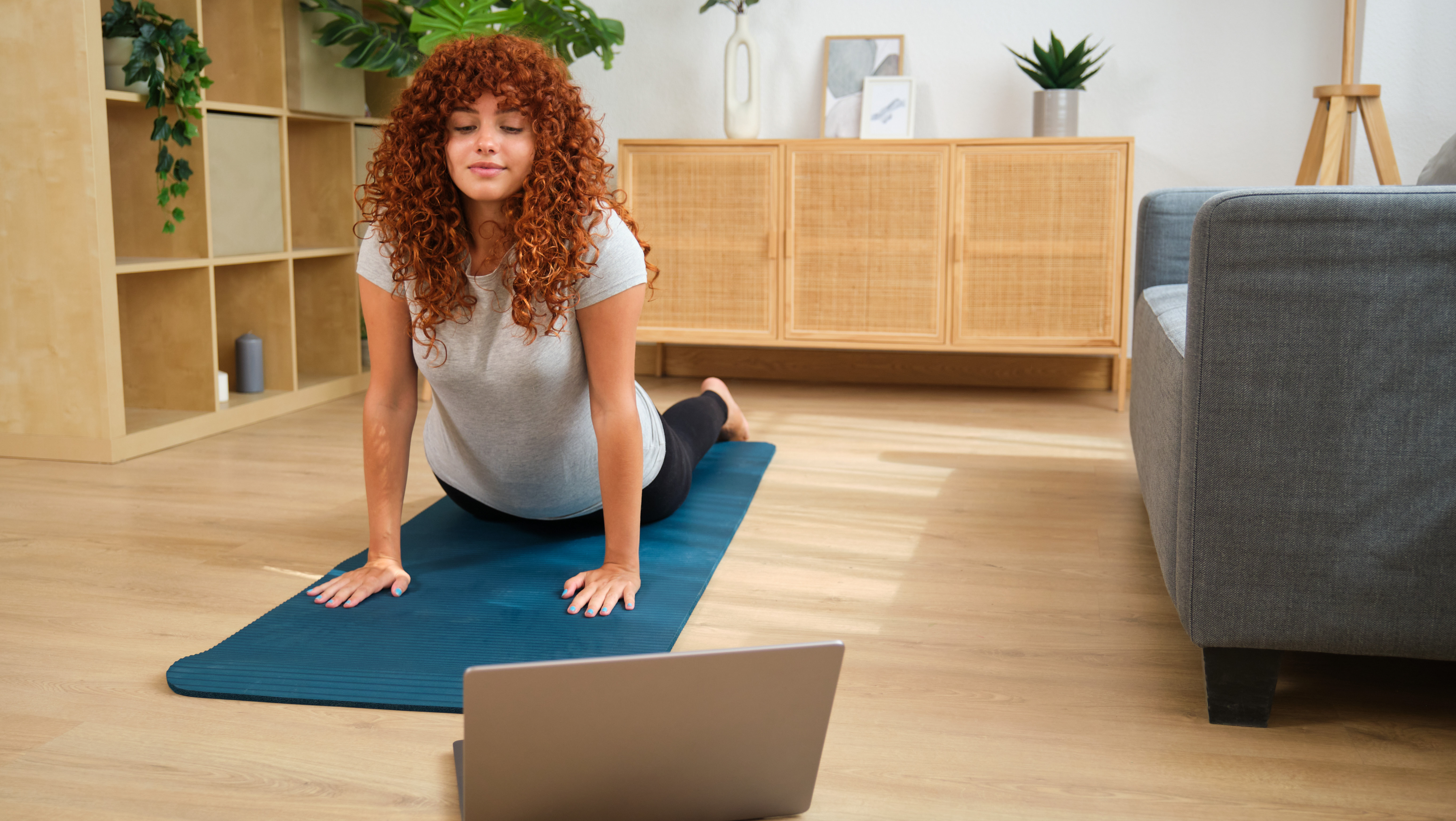

If you have an office job, work from home or spend a lot of time driving, chances are you clock up a huge amount of time sitting.
Too much sitting—especially with poor posture—can lead to muscle imbalances, back pain and tight hips. But, according to Kristina Rudzinskaya—a yoga teacher, certified Pilates instructor and CEO of Etalon—you can improve your posture with simple five minute routines like the one below.
How to do the routine
You don't need any equipment for this flow but you might be more comfortable with a yoga mat underneath you. Perform each of the moves consecutively, repeating them if it feels good.
Child's pose
Time: Hold for 3-5 minutes
How to:
- Kneel on the floor with your big toes touching. Sit back on your heels and separate your knees wide.
- Lower your torso between your thighs, allowing your forehead to rest on the floor.
- Extend your arms forward, or rest them alongside your body with palms facing up.
Instructor insight: "Child’s Pose is a simple way to relieve tension after a long day of sitting, standing, or moving around," Rudzinskaya explains. "It gently stretches your back, hips, and legs, helping you feel more relaxed and open."
Rudzinskaya says the pose also encourages deep breathing, which can ease stress and create a sense of calm. "It also releases tightness in the shoulders and neck, making it a great reset for both the body and mind," the expert adds.
Get the Fit&Well Newsletter
Start your week with achievable workout ideas, health tips and wellbeing advice in your inbox.
Forward Fold
Time: Hold for 3-5 deep breaths
How to:
- Stand with your feet hip-distance apart and firmly grounded.
- Hinge at your hip creases as you begin to fold forward, keeping your back long.
- Let your head hang freely, relaxing your neck and shoulders as you fold over.
- Keep a slight bend in your knees if needed to avoid strain in the hamstrings or lower back.
Instructor insight: "Forward Fold helps stretch and lengthen the spine, hamstrings, and calves, relieving built-up tension from prolonged sitting," Rudzinskaya explains. "By letting the head hang freely, it also releases tension in the neck and shoulders."
High plank
Time: 3 sets of 20–30 seconds.
How to:
- Start in a push-up position with your hands directly under your shoulders and your legs extended straight behind you.
- Engage your core, keeping your body in a straight line from head to heels.
- Avoid sagging your hips or raising them too high. Maintain a neutral spine.
- Hold the position while breathing steadily.
Instructor insight: "If you sit a lot—whether at a desk, on the couch, or in the car—planks are a simple way to undo some of that stiffness and slouching," Rudzinskaya says. "They strengthen your core, back, shoulders, and glutes, helping you stand taller and feel more supported."
Our core muscles are important because they provide our body with the stability to move. "A strong core also takes the pressure off your lower back, which can help prevent that all-too-familiar ache from long hours of sitting," Rudzinskaya says.
Cobra Pose
Time: Up to 30 seconds
How to:
- Lie on your stomach with your legs straight and feet flat on the floor.
- Place your hands under your shoulders, keeping them shoulder-width apart.
- Press into your hands and lift your chest while keeping your lower body on the ground.
- Roll your shoulders back, open your chest, and look forward.
Instructor insight: "Cobra Pose helps open the chest, stretch the spine, and strengthen the back muscles, promoting better posture," Rudzinskaya explains. "It counterbalances slouching from sitting for long periods, making it ideal for those who work at a computer."
Chest opener
Time: 3-5 deep breaths or 30 seconds to one minute.
How to:
- Stand tall with your feet hip-distance apart and your spine straight.
- Interlace your fingers behind your back or hold a strap if your hands don’t reach.
- Gently straighten your arms and lift your chest, keeping your shoulders down.
- Open through the chest as you squeeze your shoulder blades together.
- Hold the stretch while breathing deeply, avoiding any tension in the neck.
A chest opener is another pose that helps reverse the effects of slouching, according to Rudzinskaya.
"This is also a lifesaver for those slouching over laptops for the most of the day," she adds. "It makes it easier to stand tall, breathe deeply, and relieve tightness in your shoulders and upper back. This simple stretch can help you feel more open, relaxed, and energized throughout the day."
Shop yoga mats
Need a mat to support your new yoga habit? We recommend the below, which all feature in our round-up of the best yoga mats.
Becks is a freelance journalist and writer with more than 7 years of experience in the field. She writes health and lifestyle content for a range of titles including Live Science, Top Ten Reviews, Tom’s Guide, Stylist, The Independent, and more. She also ghostwrites for a number of Physiotherapists and Osteopaths.
Health has been a big part of Becks’ lifestyle since time began. When she’s not writing about the topic of health, she’s in the gym learning new compound exercises. And when she’s not in the gym, she’s most probably reading.
-
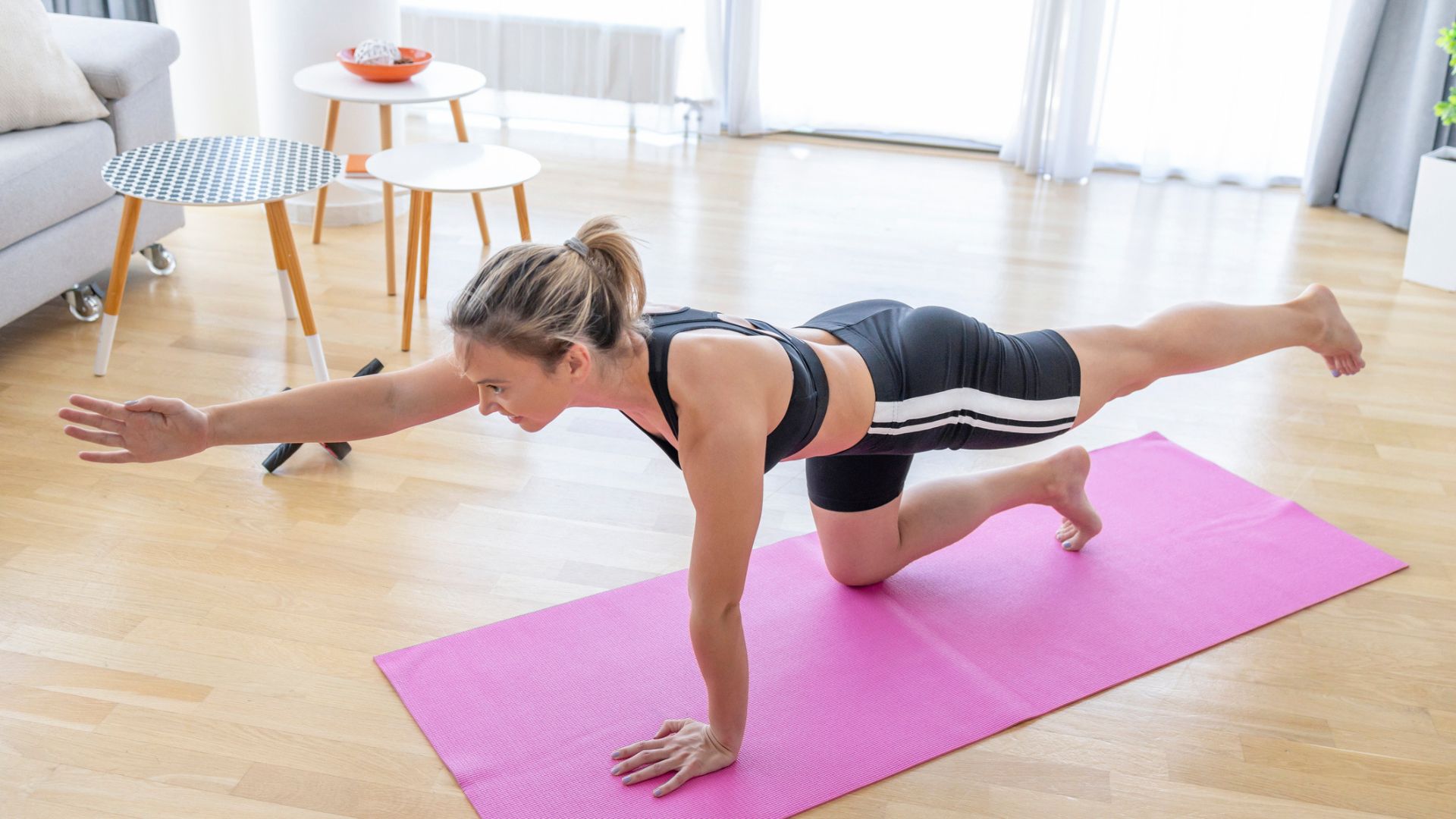 I did bird dog every day for seven days and now I understand why trainers recommend it for core strength, spinal health and posture
I did bird dog every day for seven days and now I understand why trainers recommend it for core strength, spinal health and postureThis simple bodyweight move has so many benefits
By Alice Porter
-
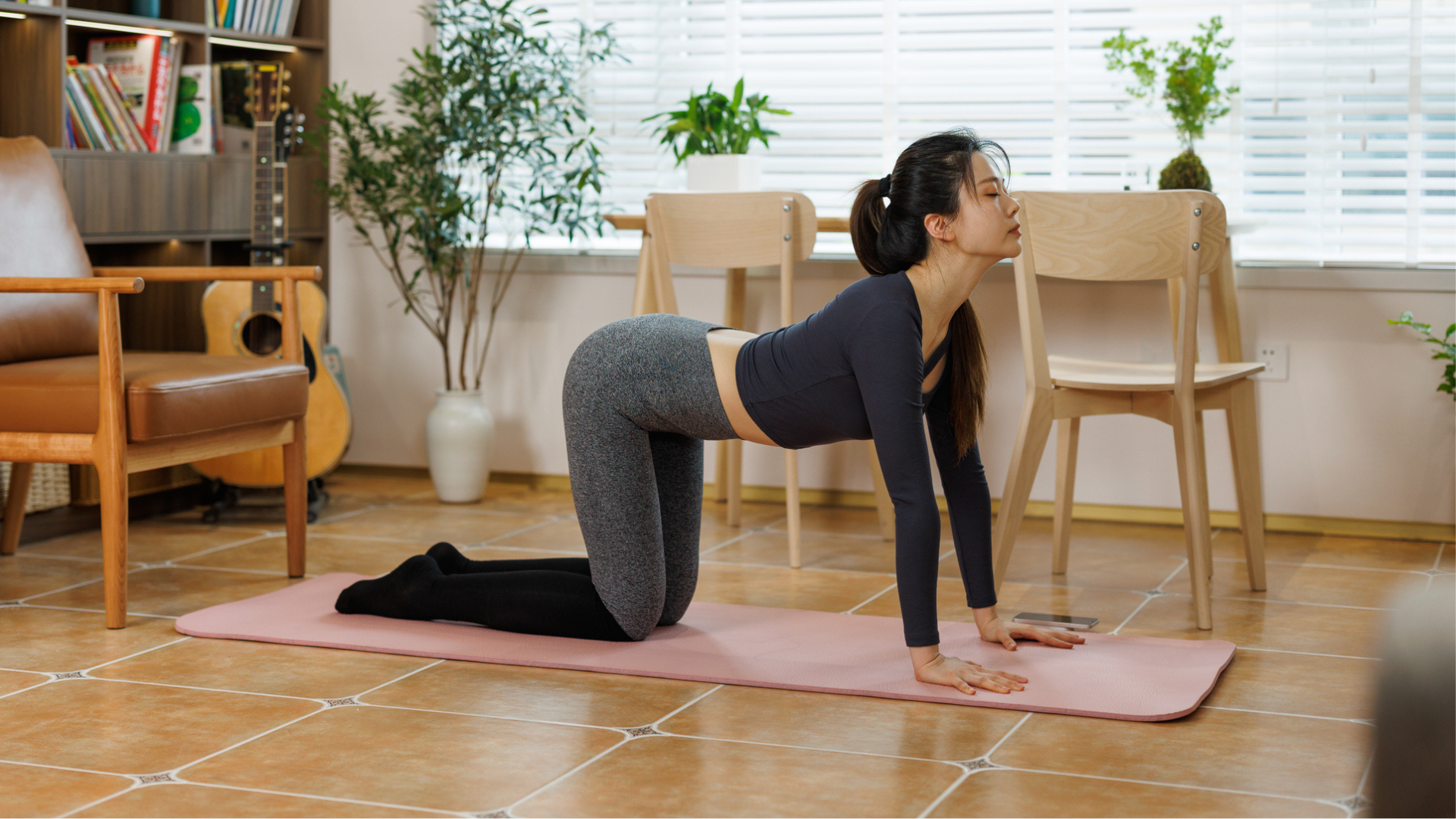 A yoga instructor says this eight-minute routine is all you need to mobilize your entire body
A yoga instructor says this eight-minute routine is all you need to mobilize your entire bodyStiff and achy muscles? Try this
By Alice Porter
